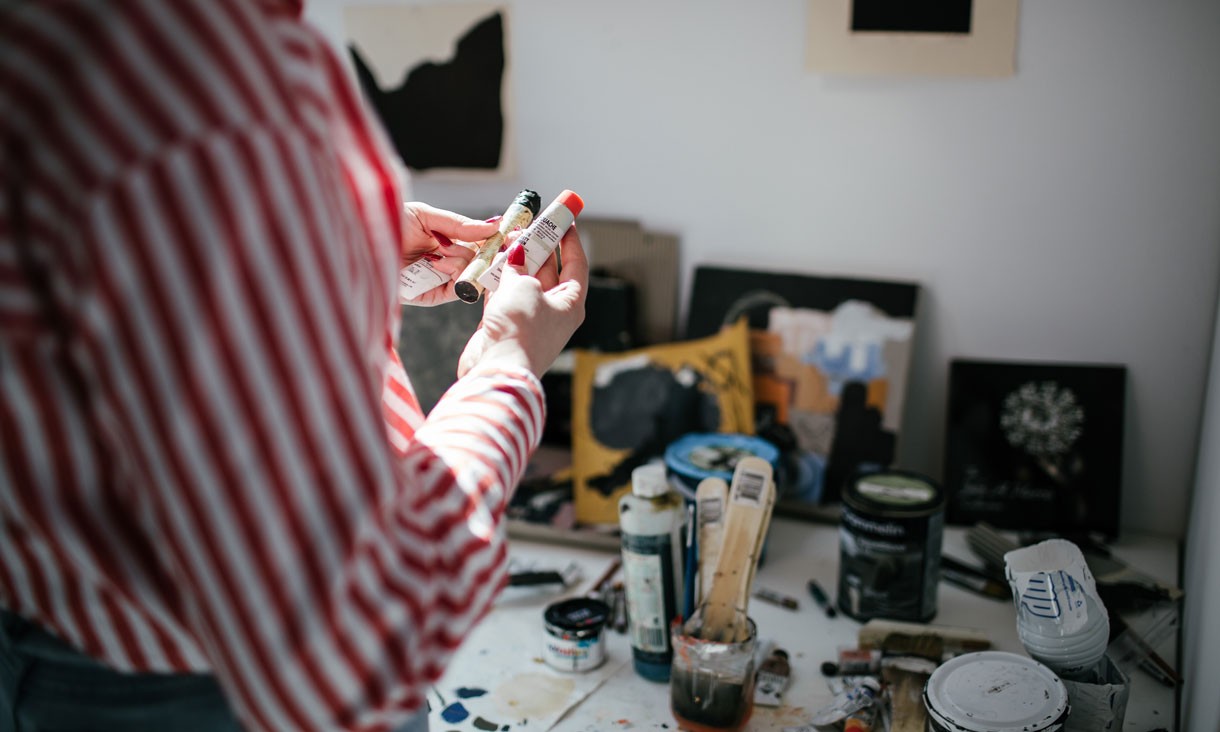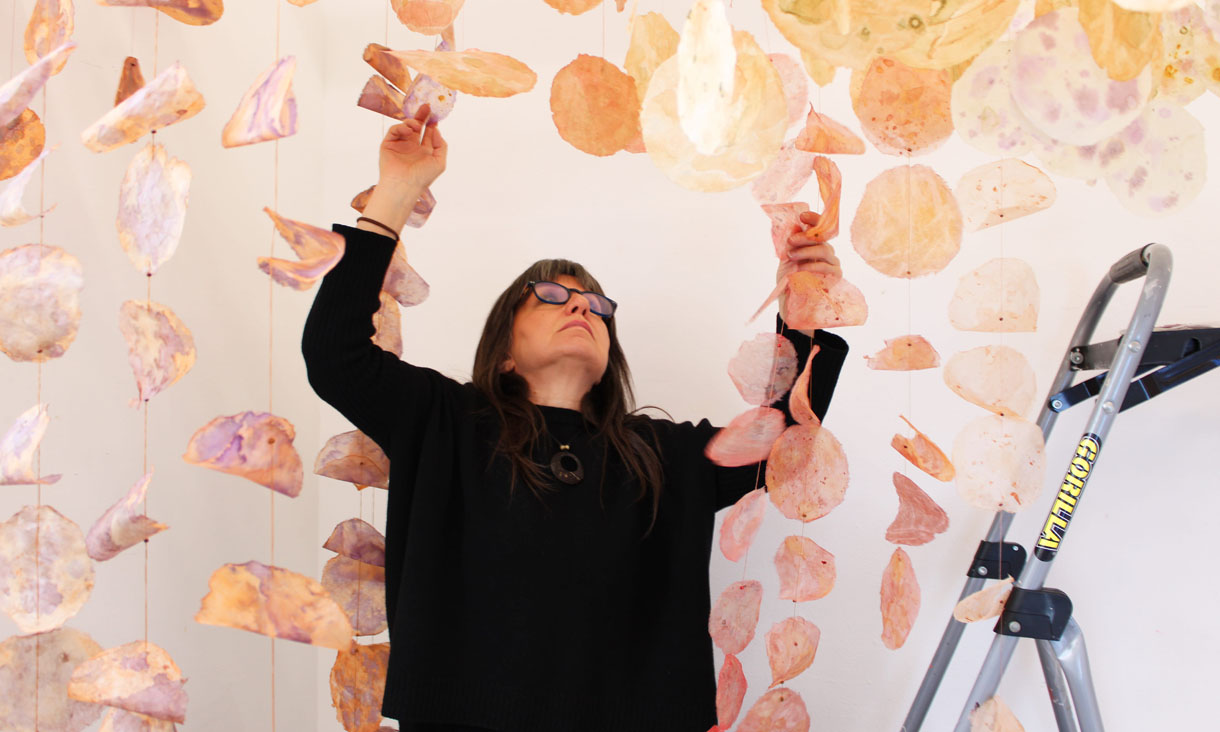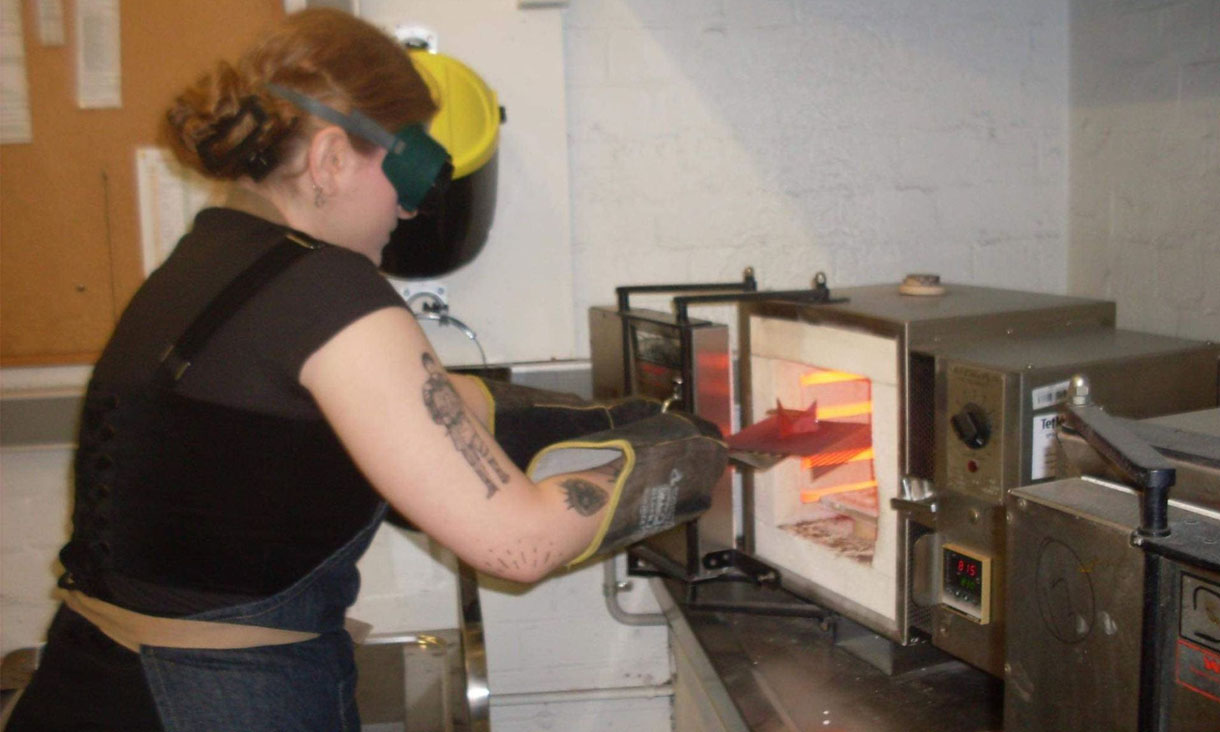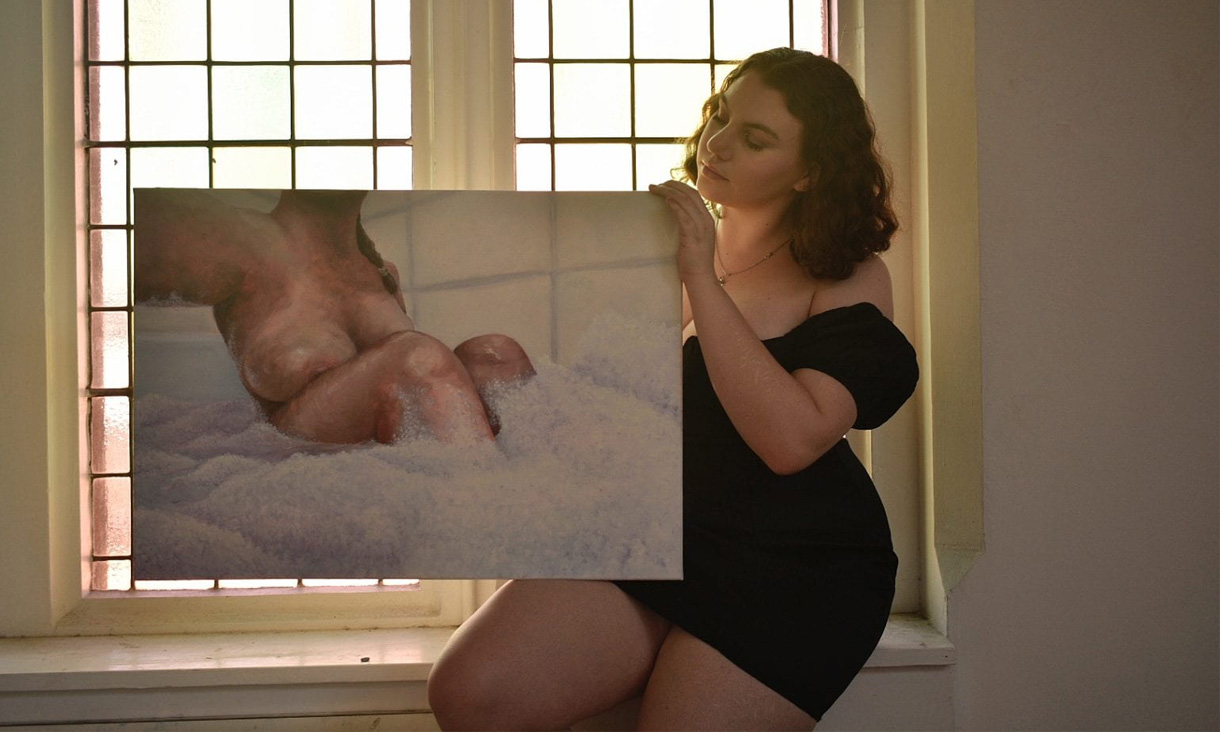Diploma of Visual Arts
This diploma offers both practical and theoretical subjects, which have been developed in conjunction with the arts industry. Taught by practicing artists in real studio environments, a major focus is the production of a professional folio of work that reflects your personal creativity.
Bachelor of Arts (Fine Art)
Guided by high-profile contemporary artists who exhibit locally and internationally, you’ll receive personal mentoring that challenges and encourages you to take creative risks, to experiment with materiality and form, to explore the role of art and political action and develop your own specialised art practice.
Bachelor of Arts (Fine Art) (Honours)
At this level of study, you will engage with high-level intensive subjects, deepening and enriching your practice through expertise, knowledge and criticality. You will be guided through personalised mentorship and individual supervision, as you are introduced to practice-led research and research methodologies.
Master of Fine Art
With ample room for experimentation, you will be mentored and challenged by academic staff who are professional artists, performers, writers, historians and curators to explore multiple media, conceptual tools and techniques, and narrow your focus down to the core of what you want to create and communicate as an artist.








